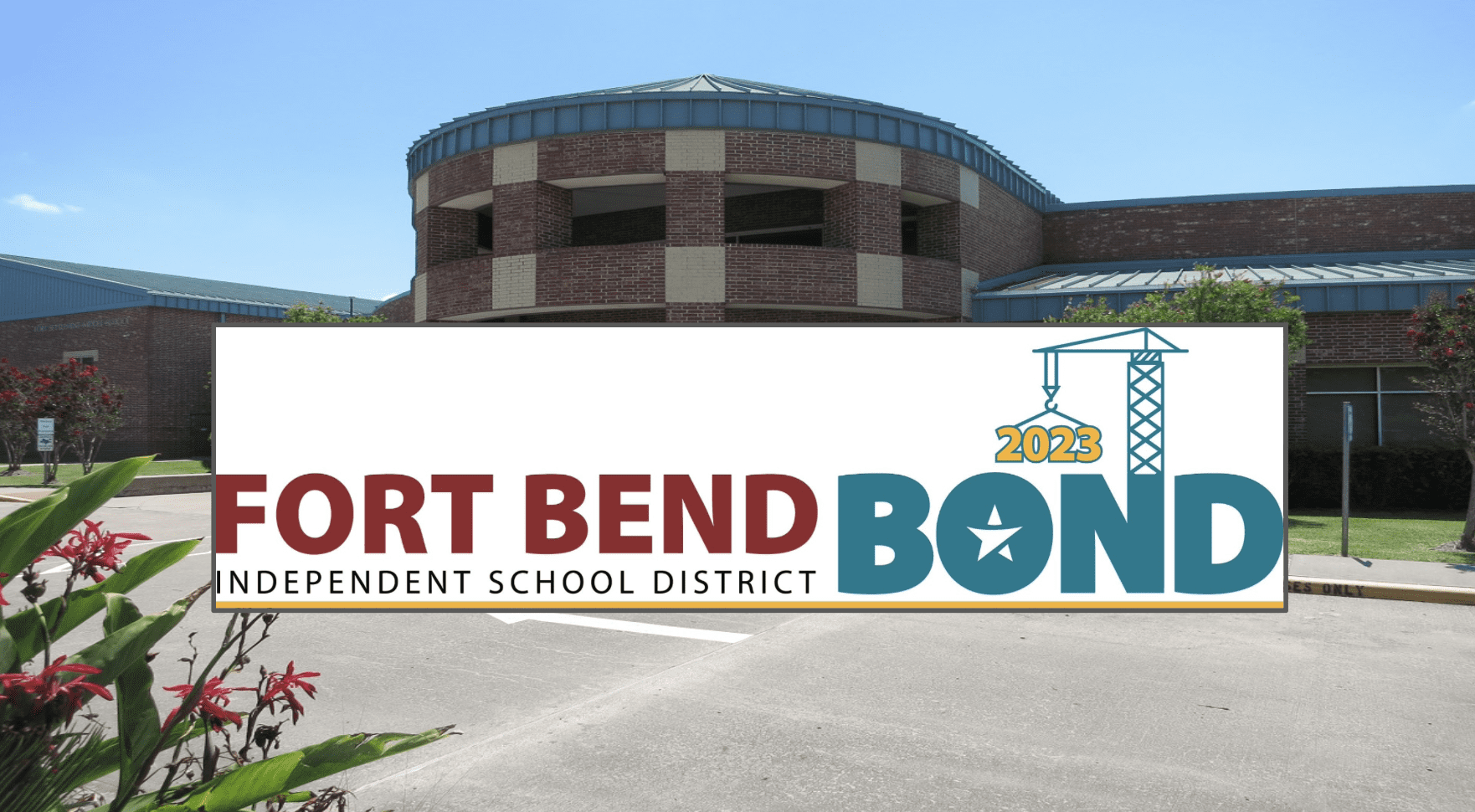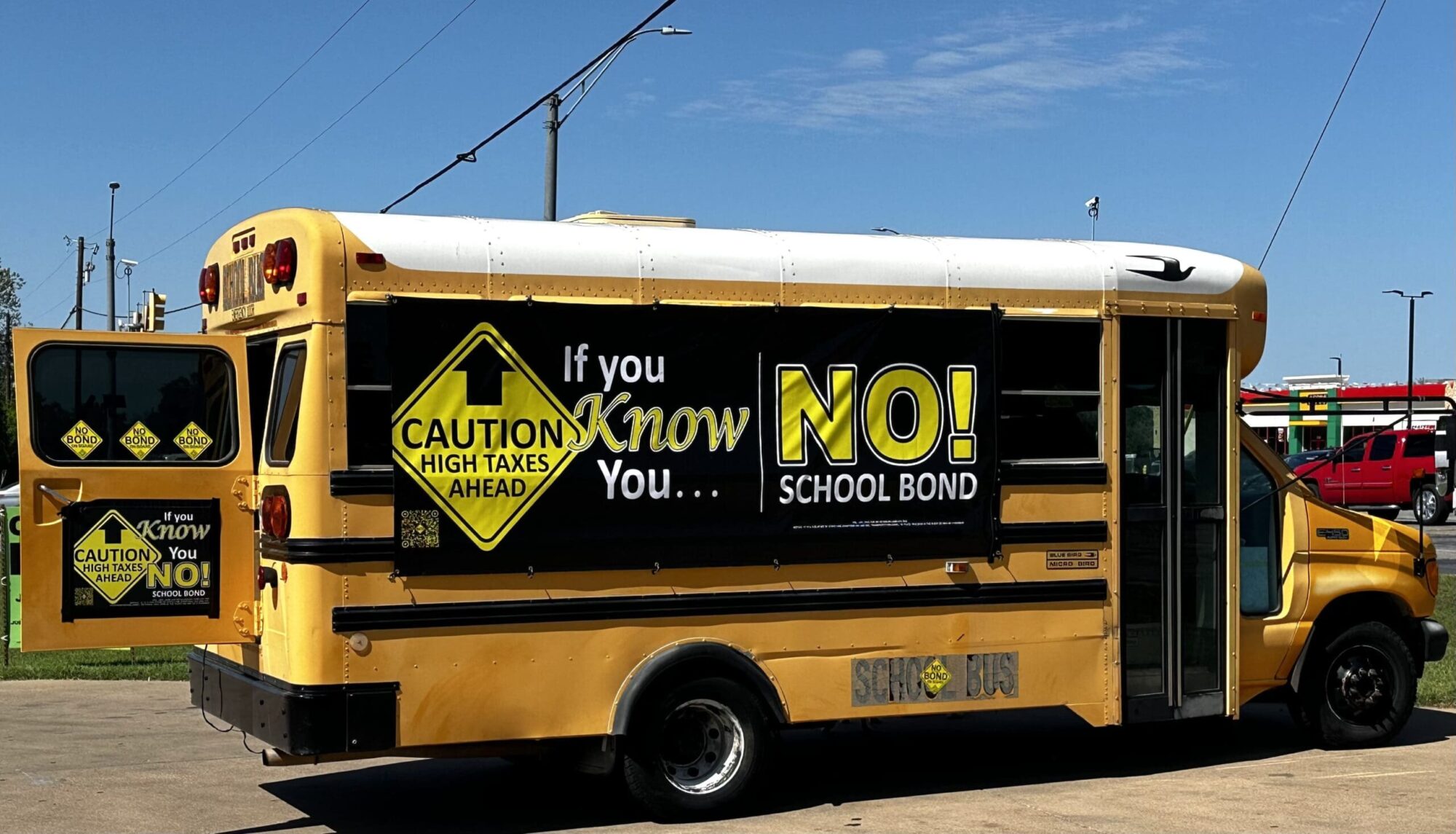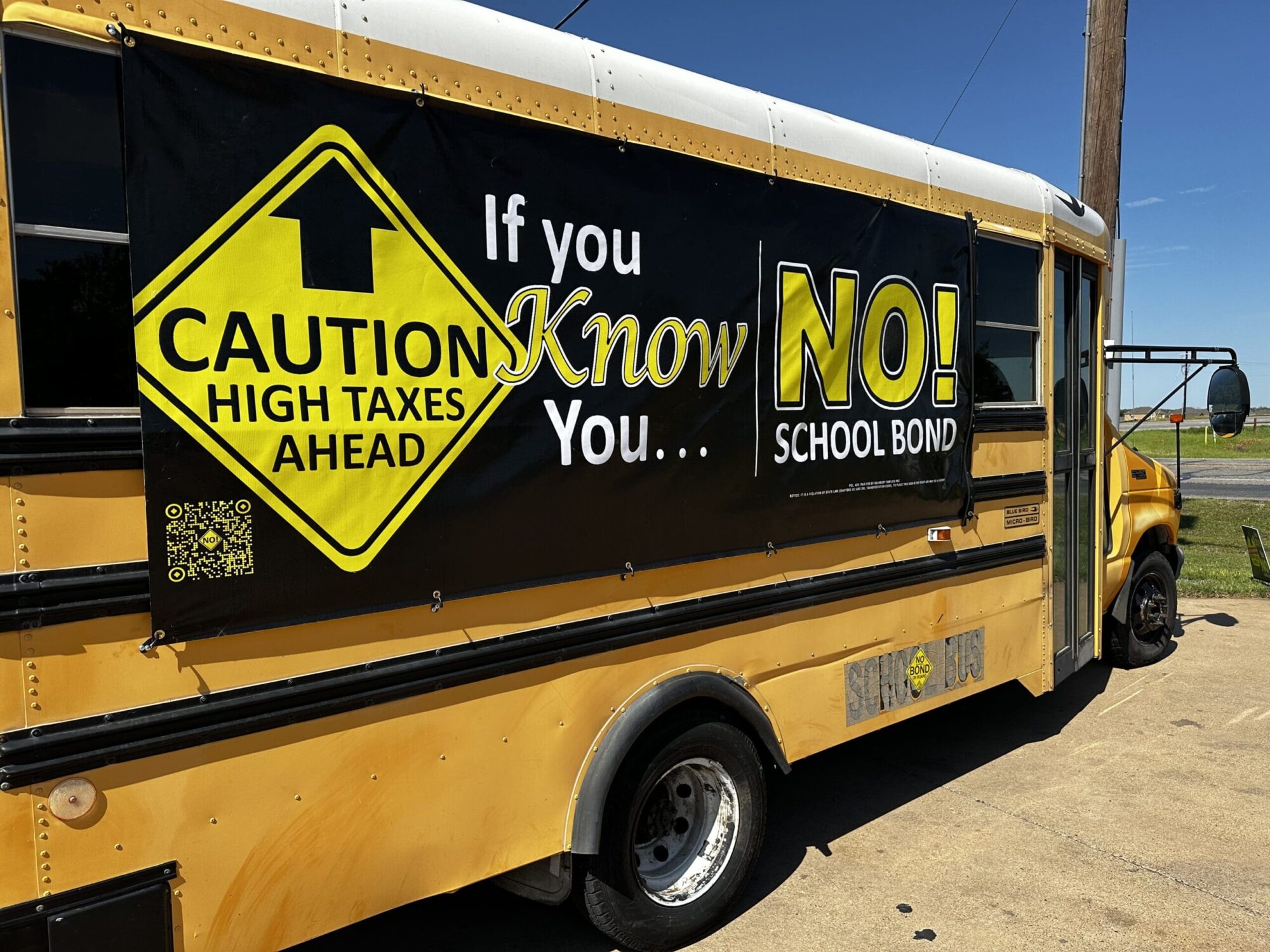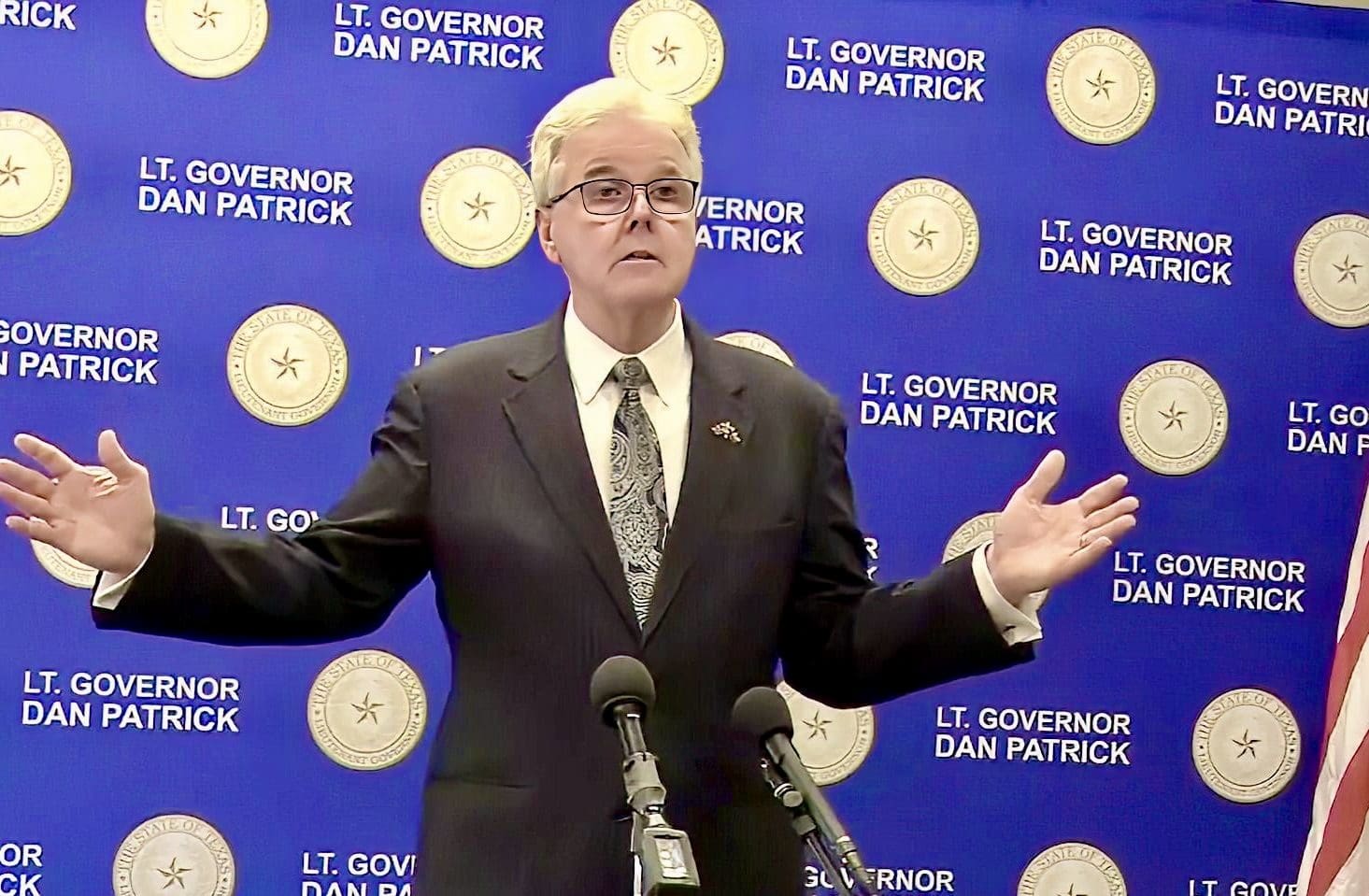On Tuesday, voters in 38 school districts across Texas approved more than $12 billion in school bonds, bringing the state’s school debt to $125.4 billion. These amounts don’t include the interest school districts must pay until the bonds are retired.
Background
Across the state, 61 school districts asked voters to approve more than $15 billion in bond spending. However, over half of that amount was proposed by the boards of six urban districts in the DFW metroplex (Anna ISD and Plano ISD), Central Texas (Austin ISD and Lake Travis ISD), and the Houston area (Lamar CISD and Spring ISD). Voters in those districts approved more than $7.5 billion in bond spending.
Big Money
Among the bonds approved are some truly extravagant proposals:
- Austin ISD voters approved a $2.439 billion bond package, bringing their outstanding debt to $3.931 billion.
- Lamar CISD voters approved $1.517 billion in spending, bringing their outstanding debt to $2.855 billion.
- Plano ISD voters approved $1.338 billion in spending, bringing their outstanding debt to $1.963 billion.
- Spring ISD voters approved a $850 million bond package that includes $141 million for a performing arts center.
- Anna ISD voters approved $794 million in spending, increasing their outstanding debt ($981 million total) by 524 percent.
- Pflugerville ISD voters approved $367 million in spending, including $44 million for providing affordable teacher housing. (A $400,000 bond for athletic facilities improvements, however, was rejected.)
Pushback
Still, there were some notable instances of opposition to bonds.
In Dripping Springs ISD, voters narrowly rejected a $481 million bond package for two new schools, building renovations, school buses, and technology upgrades. Local activists were instrumental in persuading a majority of nearly 20,000 voters that the proposed spending was unaffordable and that the school board could not be trusted with responsible management of taxpayers’ money.
Ashley Whittenberger, one of the opposition campaign organizers, shared the following statement with Texas Scorecard:
I hope our board members received the message loud and clear that they can and should do better for the students, the teachers and our community as a whole. I look forward to seeing a more transparent and forthright planning process going forward, and hope that the next bond package the board votes to put on the ballot focuses on educational outcomes, not bloated wishlist items, especially in a recession. If they repeat the same mistakes that resulted in this bond being rejected by our community, future bonds will likely be voted down as well.
In nearby Lake Travis ISD, 63 percent of voters rejected a $94 million bond for stadium improvements, but a majority did approve two bonds totaling $610 million for capital improvement and acquisition. Prior to the election, some taxpayers raised questions about particular details of the bond package.
Voters in Plano ISD rejected proposals for $28 million in spending on athletic facilities improvements and a $130 million event center, but they approved $1.338 billion for new schools, building renovations, and technology upgrades. Texas Scorecard previously reported on the nearly $1.5 billion bond package and those pushing its passage.
Outliers
While voters in rural or economically disadvantaged school districts opposed most proposed bonds, there were some exceptions.
Voters in Marlin ISD approved a $32 million bond package including improvements to the high school football stadium, Stephenville ISD received approval to build a $40 million stadium, and Fort Stockton ISD voters approved a $100 million bond package providing funds for building renovations and athletic facilities improvements. In Waller ISD, voters agreed to incur $368 million in debt for three new elementary schools, an agricultural center, building renovations, and upgrades to the football stadium.
Not to be outdone, Rankin ISD voters overwhelmingly approved a $123 million bond package for the sparsely populated West Texas community, where about 300 students attend two schools. While $105 million is intended for building renovations, a new career and technical education center, and technology upgrades, $4 million will be used to provide affordable teacher housing, and $12 million to purchase the county golf course.
Elsewhere, voters were not as keen to the idea of funding projects for extracurricular purposes.
- In Lamar CISD, 59 percent of voters rejected $194 million in spending for a new football stadium.
- In Anna ISD, 55 percent of voters rejected a $80 million bond for a new athletic complex.
- In Brock ISD, voters rejected a $65 million bond package that included $18 million for a multipurpose center.
- In Birdville ISD, 53 percent of voters rejected a $59 million bond for a multipurpose center.
- In Splendora ISD, 52 percent of voters rejected a $24 million performing arts center.
- In Point Isabel ISD, voters rejected $17 million in spending for an aquatic center and $2.5 million for improvements to the football stadium.
Second Try
Several school districts that failed to pass bonds during the May election earlier this year tried again on Tuesday. Most of these bonds were rejected for a second time.
A few, however, were approved after advocates went back to the drawing board.
- Little Elm ISD: $290 million (65 percent support); $399 million previously rejected (53 percent opposed)
- Sheldon ISD: $248 million (55-59 percent support); $737 million previously rejected (68 percent opposed)
- Fort Stockton ISD: $100 million (55-57 percent support); $107 million previously rejected (50-56 percent opposed)
- Trenton ISD: $56 million (54 percent support); $45 million previously rejected (52-58 percent opposed)
- Stephenville ISD: $40 million (51 percent support); $75 million previously rejected (54-58 percent opposed)
- Brownsboro ISD: $24 million (54 percent support); $21 million previously rejected (51 percent opposed)
One of the districts where voters defeated a bond for the second time this year was Red Oak ISD. After a $230 million bond package failed in May, local taxpayer Amy Hedtke organized a campaign that mobilized 59 percent of voters to oppose a $94 million bond.
“Taxes are too high—residents need tax relief,” Hedtke explained in a statement to Texas Scorecard. She noted that Red Oak ISD taxpayers have defeated three successive bond proposals, something “practically unheard of in Texas school bond elections.”
Other districts where voters rejected bonds in both of this year’s elections include the following.
- Greenville ISD: $137 million (51 percent opposed); $169 million previously rejected (57 percent opposed)
- Brenham ISD: $136 million (57 percent opposed); $154 million previously rejected (56 percent opposed)
- Terrell ISD: $115 million (54 percent opposed); $95 million previously rejected (52-56 percent opposed)
- Kaufman ISD: $90 million (57-61 percent opposed); $80 million previously rejected (59 percent opposed)
- Sulphur Springs ISD: $82 million (51 percent opposed); $93 million previously rejected (56 percent opposed)
- Ferris ISD: $64 million (52-65 percent opposed); $79 million previously rejected (54-64 percent opposed)
- Bonham ISD: $60 million (55 percent opposed); $54 million previously rejected by one vote
- Marion ISD: $50 million (60 percent opposed); $39 million previously rejected (60 percent opposed)
- Wills Point ISD: $40 million (52 percent opposed); $72 million previously rejected (54 percent opposed)
- Callisburg ISD: $19 million (55 percent opposed); $29 million previously rejected (51-61 percent opposed)
- Era ISD: $14 million (51 percent opposed); $13 million previously rejected (57 percent opposed)
Reaction
Some district officials who pushed for bonds that voters ultimately rejected were less than pleased with the results.
Following the defeat of three bond proposals totaling $243 million in Gregory-Portland ISD, Superintendent Dr. Michelle Cavazos stated, “I would be remiss if I did not express how disappointing it is to receive the results of this bond election … because, one day, we will no longer be able to offer bonds with no increase to the total tax rate.”
Board President Tim Flinn agreed, saying he was “truly perplexed when I [saw] these overall bond results. … This will not be our last bond opportunity. Knowing what lies ahead financially, we cannot afford NOT to hold bond elections. We can’t afford NOT to plan for the future of our children.”
Likewise, a local newspaper in Seguin expressed disdain after 59 percent of Marion ISD voters rejected a bond proposal larger than the one defeated earlier this year. In a Seguin Today article titled “Marion ISD voters turn down $50 million bond issue at zero cents,” reporter Cindy Aguirre lamented, “Marion ISD voters have turned down yet another bond issue. The voters on Tuesday said no to a $50 million bond issue that was proposed at zero cents,” referring to the district’s intent to retain the current tax rate.
School districts will have another opportunity in May 2023 to place bonds on the ballot.
No ads. No paywalls. No government grants. No corporate masters.
Just real news for real Texans.
Support Texas Scorecard to keep it that way!





